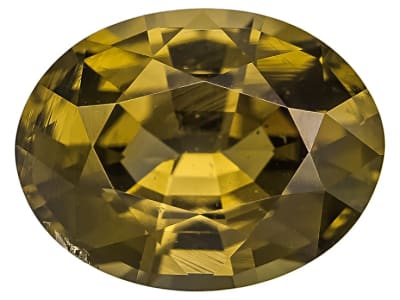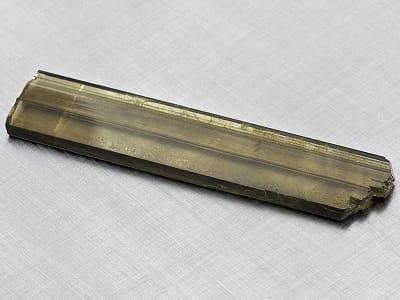Clinozoisite has the same chemical formula as zoisite, but it is a member of the monoclinic crystal system. It forms in a series with epidote, but it lacks the required amount of iron in its chemical formula to qualify as epidote. Clinozoisite can be colorless, gray, green, yellowish green to pale yellow, brown, and pink. This gem was first discovered in East Tyrol, Austria in 1896. Crystals are typically elongated and have parallel striations. Specimens from the Skardu Area, Gilgit-Baltistan, Pakistan are highly sought after but noteworthy specimens also come from Europe and the United States.
General Information
LWUV: Inert
Clinozoisite Colors
-
 Brown
Brown -
 Colorless
Colorless -
 Green
Green -
 Pink
Pink -
 Yellow
Yellow
Countries of Origin
Myanmar; Cyprus; Kazakhstan; Portugal; Greece; Austria; Morocco; Unknown; Mali; Brazil; Chile; Nepal; Colombia; Ecuador; Argentina; Iran (Islamic Republic of); Hungary; Japan; Taiwan (Province of China); India; Trinidad And Tobago; New Zealand; Canada; Turkey; Belgium; Senegal; Namibia; Finland; Italy; South Africa; Antarctica; Peru; Germany; Tanzania, United Republic Of; Afghanistan; Russian Federation; Czechia; United States of America; Madagascar; Thailand; United Kingdom of Great Britain and Northern Ireland; Sweden; Pakistan; Malawi; China; Ireland; Poland; Slovakia; Bulgaria; France; Romania; Switzerland; Spain; Cuba; Burkina Faso; Norway; Dominican Republic; Mexico; Zimbabwe; Australia; Greenland; Indonesia
Care
Clinozoisite has perfect cleavage and is brittle so take care when handling.
Species/Variety
Clinothulite
Clinothulite contains Mn3+ and due to its pink color, it is often mistaken for thulite the pink variety of zoisite.

